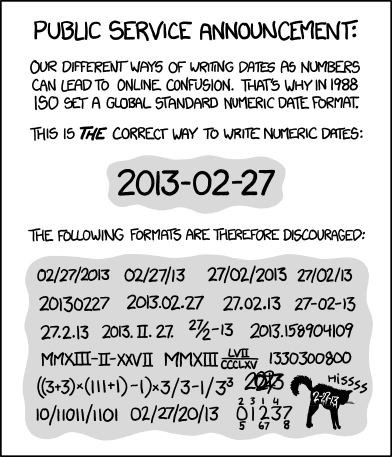Search Engine Optimization (or “SEO” for short), the tweaking of web content so that it ranks highly in search engine results, can often seem like either a dark art or snake oil.
If you manage a website, you will almost certainly have received emails from various shadowy “SEO Experts,” promising to make your website show up at the top of web searches for your chosen keywords. SEO spam emails can sometimes read exactly like ads for miracle drugs that enhance male bedroom performance!
Some of these so-called SEO “experts” will use dubious “black hat” techniques, such as “spamdexing,” to achieve temporarily high page ranks — although the search engine providers are constantly on the lookout for such nefarious tactics, and sometimes even penalize offending website by artificially lowering their page rank!
The truth is that the best way to optimize your ranking in search engine results is to follow the principles of good web design, as suggested by the search engine providers themselves.
The basic rules are pretty simple:
- Make sure you pages are valid, properly-structured (X)HTML;
- Ensure every page on your site has a valid, descriptive <TITLE> tag in the <HEAD> section. Google uses this as the hyperlinked title of the page in search results, so make it good!
- Use short, descriptive, human-readable domain names and hyperlinks, rather than gobbledygook (like /PageID?123) from content management systems, wherever possible;
- Use the <META> Description tag to provide a short human-readable description of the page. Search engines, including Google, sometimes display these as the brief description of the page in search results (provided it doesn’t trigger any metatag spam warnings);
- Use the ALT attribute of the <IMG> tag to provide a text alternative to images;
- Provide quality content and keep it up to date!
Google WebMaster Tools have produced a handy one-page cheatsheet on SEO basics, Optimize Your Website, which contains this basic advice, plus links to more detailed information.
